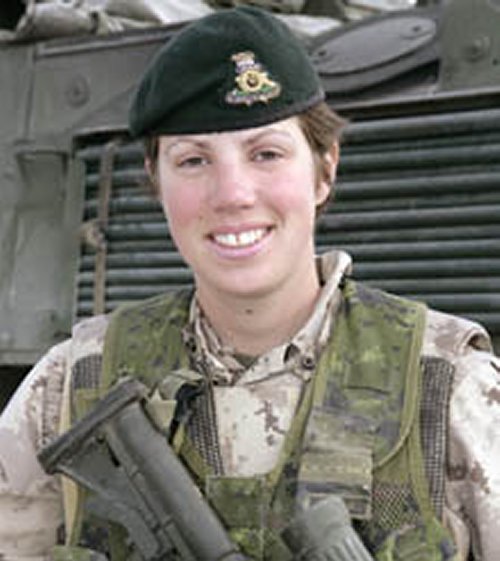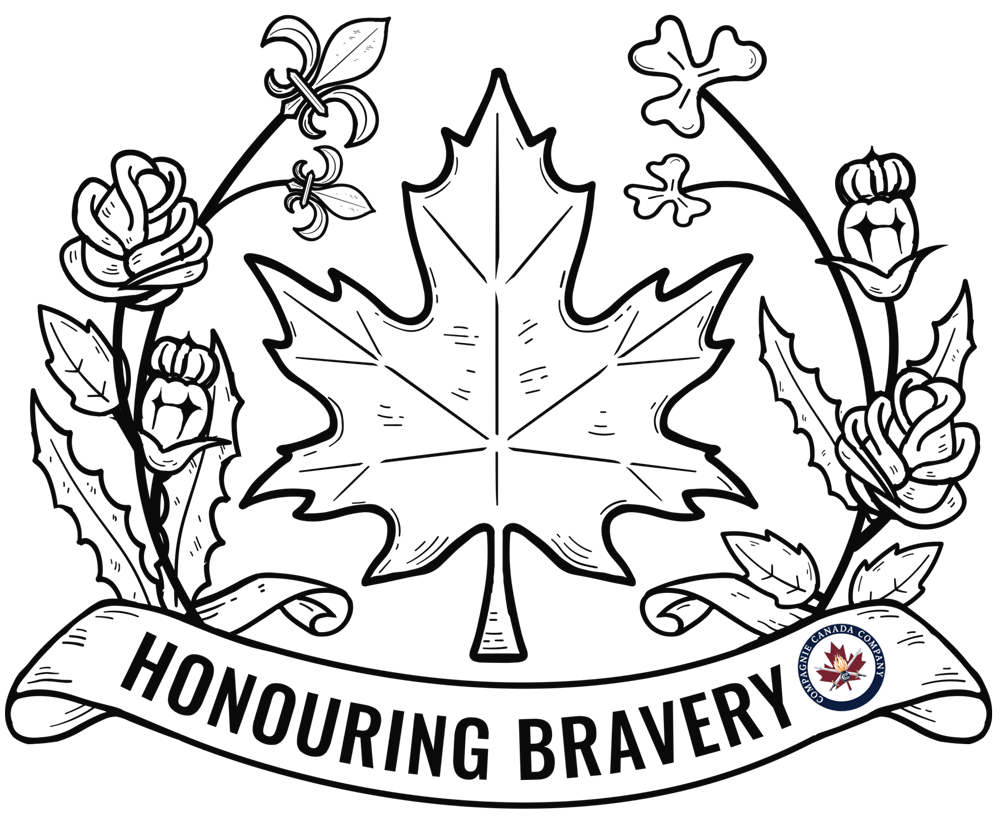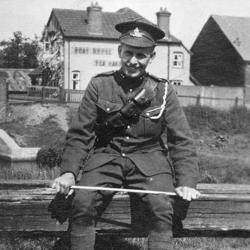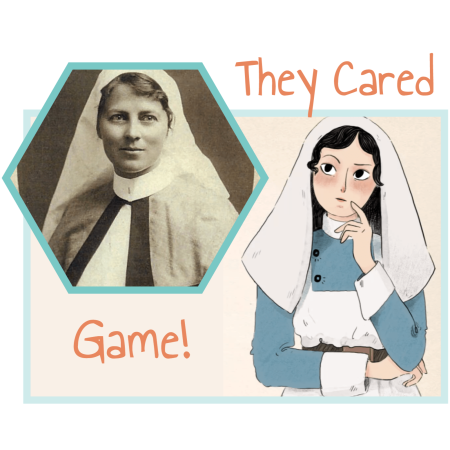On May 17, 2006, Canadian and Afghan National Army (ANA) forces were engaged in a firefight in the Panjwaye District. The Battle of Bayanzi resulted from their mission to secure part of southern Kandahar against a possible Taliban assault. As the units moved in to capture fifteen men hiding in a mosque, they came under intense fire from militants in the surrounding houses. Accompanying C Company, 1st Battalion, Princess Patricia’s Canadian Light Infantry (PPCLI) that day was a Forward Observation Officer (FOO) from A Battery, 1st Regiment Royal Canadian Horse Artillery (1RCHA). This officer’s job was to coordinate the fire from the regiment’s M-777 155mm howitzers and circling American Apache helicopters. The FOO was Captain Nichola Goddard, and she was going to make history that day.
A history of women in Canada’s military
In Canada’s military, there have been a number of firsts for women. The Northwest Rebellion saw women working as nurses in military hospitals. The Boer War saw the first deployment of women nurses to an active theatre of war. The Great War, or as it would later be known, World War One, saw thousands of Canadian women answer the call to become Nursing Sisters. Nursing Sister Lieutenant Katherine Maud Mary MacDonald from Brantford, Ontario, enlisted in the Canadian Expeditionary Force (CEF) on March 20, 1917. She served overseas and was killed during a German air raid on her hospital. She was the first Canadian service member to die from direct enemy action.
The Second World War saw 4480 women acting as nurses but, because it was a “Total War”, women were also allowed to directly join the armed forces. Over 46,100 women entered the Canada Women’s Army Corps (CWACS), or the Women’s Division, Royal Canadian Air Force (WDs) or Women’s Royal Canadian Naval Service (WRENS). These women performed a wide variety of jobs from vehicle maintenance, signals, cryptography, cooking, laundry and drivers. When the Canadian Human Rights Tribunal reached its determination in 1989, women were allowed to take on combat roles. Heather Erxleben became the first woman to serve in a regular infantry unit. By 1991 Lieutenants Brown, Reiffenstein, and Captain Shrum, as artillery officers, became the first to serve in a combat arm.


Captain Goddard had an unusual path to the village of Bayanzi. She was born in Papua New Guinea to teachers working at an overseas school. Her parents did not return to Canada until she was three, by which point she knew the local language and had lived the life of a New Guinea villager. In 1984 her parents returned to Canada and settled in a fly-in Dene community in northern Saskatchewan. Again, she adapted as children do, picking up the local language from her new friends. This was just one of the many places she would live in Canada. In 1997, her senior year in high school, she applied for the Royal Military College (RMC). She was attracted by a desire to serve, a free education and a guaranteed job. In 2001 she would graduate as an artillery officer.
Posted to storied 1RCHA, Goddard served a variety of roles as she gained experience and rank. On September 11, 2001, 19 men took over four United States domestic flights and staged the largest terrorist attack on American soil. Through our commitments to the United Nations and NATO, Canadian military personnel would begin deploying to Southwest Asia in October 2001.By January of 2002, Canadian soldiers began to arrive in Kandahar, joining American and British troops in an effort to remove the Taliban from power and to put a stop to Al-Qaeda, the terrorist organization responsible for the 9/11 attacks and who were sheltered by the Taliban. The long-term objective was to bring peace and stability to the region. Goddard would arrive in January of 2006, as the FOO attached to 1PPCLI. It was her first active overseas deployment.
The FOO team operated from a Light Armoured Vehicle (LAV) III. These eight-wheeled Canadian-built vehicles would become emblematic of the war in Afghanistan. Many Canadian soldiers saw them as a loyal companion providing them with security and protection. With their 25mm chain gun, armour and radios, they were an excellent platform for directing artillery fire.
Did you know?
In 2015, seeing that there was no permanent memorial to the Canadians who served in Afghanistan, Canada Company: Many Ways to Serve undertook a project to erect memorials across Canada using these symbolic vehicles. In the following 10 years, thirty-three decommissioned LAVs became permanent memorials to the 40000 Canadians who served in Afghanistan and to the 165 Canadians who died there.

Goddard would be the first Canadian female combat officer to command Canadian soldiers in battle. With the PPCLI and ANA under heavy fire, Goddard’s LAV moved around the battlefield as she professionally coordinated fire on enemy positions. With this action, she became the first Canadian artillery officer to call in fire support since Korea.
The Taliban seemed to realize the significance of the FOO vehicle and they set a trap. As the Canadian and Afghan National Army units moved through the narrow streets of Bayanzi, an ambush was sprung. Two Rocket Propelled Grenades (RPG) were fired at Goddard’s LAV. The RPG was one of the favorite weapons of the Taliban. Light, cheap, plentiful and easy to use, they, along with Improvised Explosive Devices (IED), were one of the greatest threats to the Canadian forces. The grenades did not penetrate the armor plating of the vehicle, but as troop commander Goddard had her head and shoulders out of the LAV’s turret, shrapnel bounced off the armor and struck her in the back of head, killing her instantly. A team member in the LAV radioed “My Sunray’s down! My Sunray’s down” and with this statement of her callsign, Goddard would earn her third first of the day. She would become the first Canadian Forces female to die in active combat.
Nichola Goddard never wanted to be seen as a ‘female’ officer. Her desire was to be a good leader who accomplished their mission and cared about the soldiers who were her responsibility. The CBC aired a documentary that has recordings of Goddard briefing her men outside the LAV getting ready to go on patrol. You can see her self-assurance, her competence and the respect that she had earned from her crew mates. She accomplished her goal. History has recognized the significance of her sacrifice. A lake in Saskatchewan, a middle school in Calgary and two university scholarships have been named for her. Today we remember Nichola Goddard as one of the best that Canada had to offer.
Guest written by Kris Tozer for Honouring Bravery
Sources
In the Words of a Soldier. CBC, 22 November 2012, https://www.youtube.com/watch?v=r1ib2LsfUyc.
“Nichola Goddard | VALOUR CANADA.” Valour Canada, https://valourcanada.ca/military-history-library/nichola-goddard/. Accessed 4 April 2025.
Veterans Affairs. “Canada Remembers: The Canadian Armed Forces in Afghanistan.” Veterans Affairs Canada: Language selection, https://www.veterans.gc.ca/pdf/cr/pi-sheets/afghanistan-eng.pdf. Accessed 4 April 2025.




